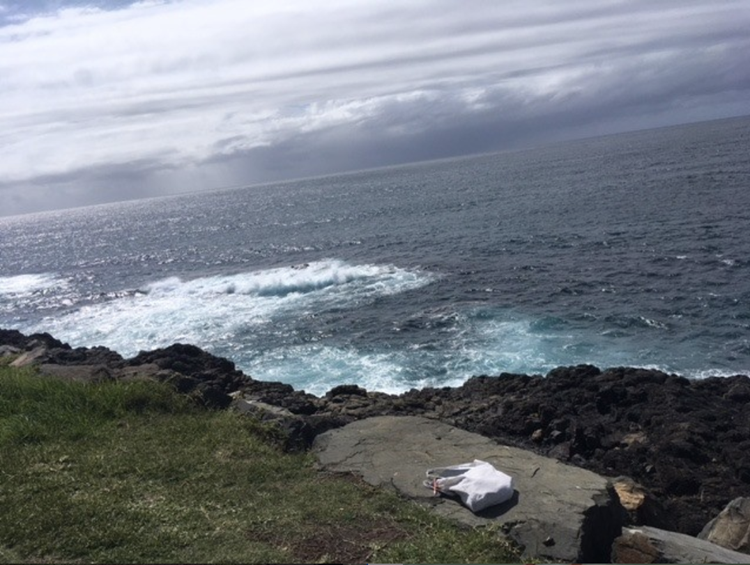During these uncertain and challenging times, we have a great opportunity to think deeply and remind ourselves of the importance of the work we do. Time to pause and ponder!
Ultimately, we all want better outcomes for children, right?
To support this process, we need to truly listen to the voices of the child and their family, and those of the community in which they reside.
Reflective practice is a form of professional learning and is uniquely focused on you and your learning community. Engaging in reflective practice offers valuable opportunities to build skills such as researching, investigating, questioning, communicating and generating new ideas and ways of doing, whilst developing an in-depth knowledge of each individual child and their family and community. This leads to greater job satisfaction as an individual, and serves as a motivational tool for achieving better outcomes for all children and their families.
This is your ‘why’!
How reflective practice inspires continuous improvement - we are all in a state of transformation
Reflecting and examining practice drives continuous improvement.
Think about it.
If you keep doing everything the way you have always done it, how do you grow?
By reflecting about what you do and why you do it, you can improve or change ways of doing and being. If there were no change in the world, you would never have the opportunity to see a butterfly emerge from a chrysalis.
Examining practice ensures that you change and improve, and continue to do so in a never-ending cycle.’
A reflective educator takes one step at a time; deliberate and informed steps — maybe forward or retracting steps — but always thinking deeply about what they do and why they do it.
The benefits of reflective practice
By engaging in continual professional reflective practice, you and your learning community will make well-informed decisions and considered changes to practice. You will be able to articulate your decisions and actions, and become more thoughtful and motivated to explore research, new ideas and approaches.
Reflective practice also supports and enables you to articulate and demonstrate your reflections to others within and outside your learning community. Documenting the process ensures that you will have evidence of your thinking and why you made the changes you incorporated into your program and practice.
An example of reflective practice in action
An educator wanted to examine the way in which her toddler group interacted with the various learning spaces within the room. Using a quick hand-drawn map of the environment, she and other educators observed the morning play, and added a red dot to the area each time a child entered the space to play.
What did they discover about this?
Well, the home corner and the block spaces, along with an area dominated by playdough and natural materials, had the most traffic. This began a process of exploring why these dominated the toddlers’ play, but also began a deeper exploration as to what sustained their play for longer periods.
What next ?
An important next step for these educators will be sharing their ideas and discoveries.
Not only will this sharing support building relationships and connections with their learning community, but their ideas may build momentum and evolve into everyday practice. It may lead to an action research project for the whole service or recognising a strength or a goal which could be a focus in their QIP. Documenting what has happened provides evidence-based research collected in your own learning community.
Get started! Be reflective!
Commit to sharing your thinking and ideas!
You can do it!
3 simple ways to integrate reflective practice into your day
1. Take a break and find a quiet space
Our quiet space is a rock ledge overlooking the ocean in our hometown. We call it our ‘thinking ledge.’ The natural ebb and flow of the tides and the power of an ever changing ocean create a place of reflection, creativity and energy for both of us. Sometimes a different environment supports creative thinking and allows a new perspective to enter your thinking.
 We call this our 'thinking ledge'.
We call this our 'thinking ledge'.
Where is your space ?
2. Pause and Ponder
Our environments are busy and hectic with little time to ‘take a moment’. Time is precious, so you need to use it wisely. Value spontaneous times throughout the day when things go really well or not, and discuss why or why not. Staff meetings and team meetings are also ideal times for examining practice.Ask a question about a practice or present some research or a new idea.
3. Use a journal
Why hand write in a journal? Handwriting takes time as you pause and ponder then take your pen to paper and write your thoughts and ideas.
We love this quote:
Handwriting “requires that you be present. In this way, writing is a helpful tool for quieting a wandering mind or focusing our attention; it can be a way of staying still and engaging more mindfully with the world around us.” (Damico & Whitney, 2017, p. 37)
Your pathway as an educator is not a straight line; it twists and turns and never really ends. As educators, we continue on our own learning journeys, with the focus on improving ourselves for the benefit of children.
Journals are a great way to guide decision making that is based on authentic and responsive determinations, not because ‘this is the way things have always been done’. Our newly published reflective journal Pause and Ponder is now available via our website.
About the authors
Kate and Annie have a long experience working in a variety of children’s services wearing many hats as directors, teachers, facilitators, educational leaders, lifelong learners and writers to name a few. Both have Masters degrees Kate in Educational Leadership and Annie in Early Childhood. Together they are Early Years Education Specialists (EYES). Both now work with students and those learning and growing as Educators.
